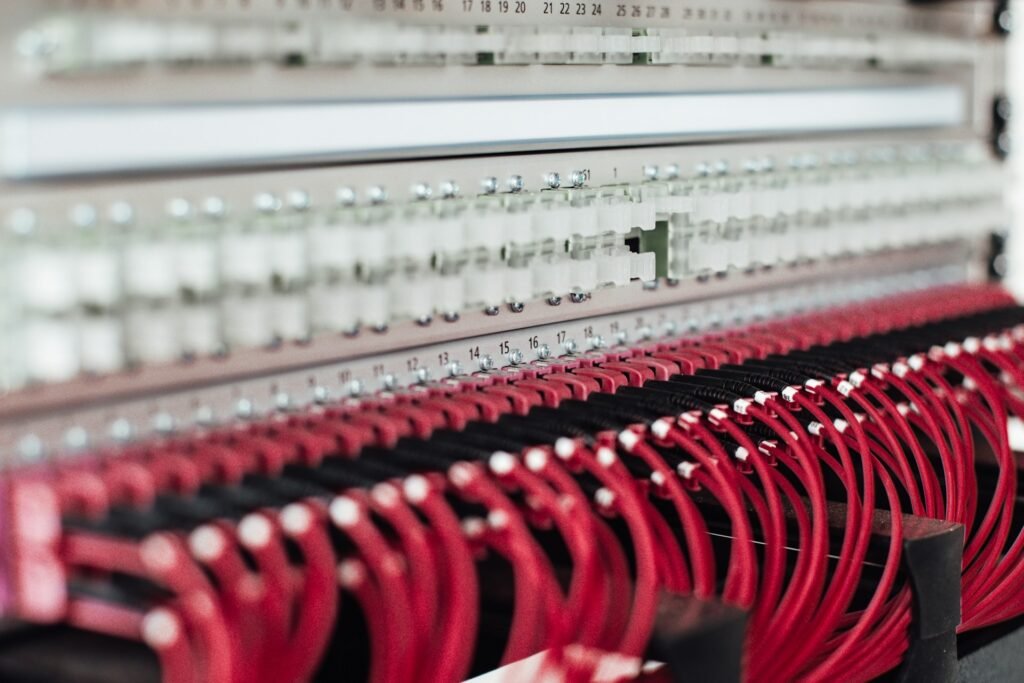Welcome to the digital age, where connectivity extends far beyond our imagination, reshaping the way we interact with the world. At the heart of this transformation lies the Internet of Things (IoT), a network of interconnected devices that communicate and share data seamlessly.
Understanding the Internet of Things
The Internet of Things, often abbreviated as IoT, refers to the vast ecosystem of interconnected devices, ranging from everyday objects to sophisticated industrial machines, embedded with sensors, software, and other technologies to collect and exchange data over the internet without human intervention. This interconnectedness enables devices to communicate, analyze, and respond to real-time information, unlocking a myriad of possibilities across various sectors.
Revolutionizing Industries
From healthcare to agriculture, IoT is revolutionizing industries worldwide, enhancing efficiency, productivity, and safety. In healthcare, wearable devices equipped with IoT technology monitor vital signs, track medication adherence, and enable remote patient monitoring, revolutionizing personalized healthcare delivery. Similarly, in agriculture, IoT-powered sensors gather data on soil moisture levels, weather conditions, and crop health, empowering farmers to make informed decisions and optimize resource usage for sustainable farming practices.
Smart Homes and Cities
The concept of smart homes and cities epitomizes the transformative potential of IoT in enhancing urban living. Smart home devices, such as thermostats, lighting systems, and security cameras, seamlessly communicate and adapt to user preferences, creating personalized and energy-efficient living spaces. In smart cities, IoT infrastructure facilitates real-time monitoring of traffic flow, waste management, and energy consumption, leading to improved sustainability, safety, and quality of life for residents.
Security and Privacy Concerns
While the proliferation of IoT devices offers unprecedented convenience and connectivity, it also raises significant concerns regarding security and privacy. The interconnected nature of IoT devices creates potential vulnerabilities, making them susceptible to cyber attacks and unauthorized access.
Challenges and Opportunities
Despite its immense potential, the widespread adoption of IoT faces several challenges, including interoperability issues, data privacy concerns, and regulatory complexities. However, these challenges also present opportunities for innovation and collaboration across industries. By addressing these obstacles collectively, stakeholders can unlock the full potential of IoT, driving economic growth, fostering technological advancement, and improving quality of life globally.
Future Trends and Innovations
As IoT continues to evolve, several emerging trends and innovations are poised to shape its future trajectory. Edge computing, which involves processing data closer to its source rather than relying solely on centralized cloud servers, promises to enhance real-time responsiveness and efficiency in IoT applications. Additionally, advancements in artificial intelligence and machine learning enable IoT devices to analyze vast amounts of data and autonomously adapt to changing environments, opening new frontiers in automation and decision-making.
Environmental Sustainability
IoT also plays a pivotal role in advancing environmental sustainability efforts, offering solutions to mitigate climate change and resource depletion. Through smart energy management systems, IoT technologies optimize energy consumption, reduce carbon emissions, and promote renewable energy integration into the grid. Furthermore, IoT-enabled environmental monitoring systems facilitate early detection of pollution, deforestation, and natural disasters, empowering proactive conservation efforts and environmental stewardship.
Empowering Healthcare
In the healthcare sector, IoT-driven innovations are transforming patient care delivery, improving treatment outcomes, and enhancing operational efficiency. Remote patient monitoring devices, wearable health trackers, and telemedicine platforms leverage IoT connectivity to enable continuous health monitoring, early intervention, and personalized treatment plans. Moreover, IoT-enabled medical devices, such as smart implants and prosthetics, enhance patient mobility and quality of life while minimizing healthcare costs.
Ethical Considerations
Amidst the rapid proliferation of IoT technologies, it is imperative to address ethical considerations surrounding data privacy, consent, and algorithmic bias. As IoT devices collect and analyze vast amounts of personal data, it raises concerns about individual privacy rights and data ownership. Additionally, algorithmic biases inherent in AI-powered IoT systems may perpetuate discrimination and inequality if left unchecked. Thus, stakeholders must prioritize ethical design principles, transparency, and accountability to ensure the responsible deployment of IoT technologies.
Conclusion
The Internet of Things represents a transformative force that permeates every facet of modern society, reshaping industries, lifestyles, and the way we interact with our environment. As we navigate the complexities and opportunities presented by IoT, it is essential to prioritize security, privacy, and ethical considerations to realize its full potential responsibly. Explore the limitless possibilities of IoT and embark on a journey towards a smarter, more interconnected world.

